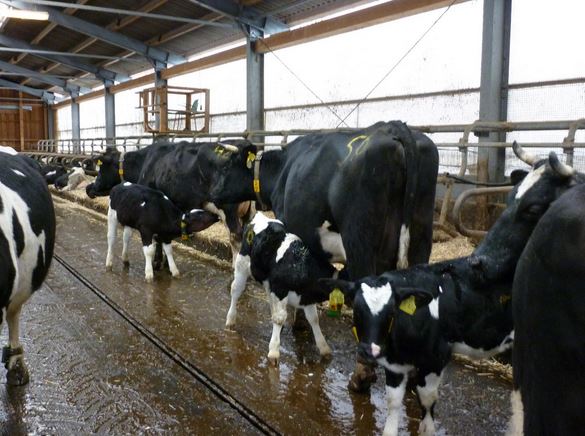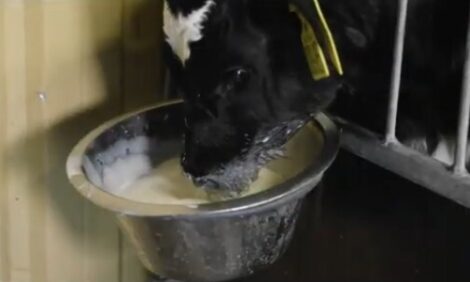



Gene edited cattle: are we there yet?
As gene editing technology advances, the possibility of genetically modified beef and dairy cattle is closer than ever. Where is the cattle industry now, and how do we ensure consumer and environmental safety as the technology becomes more widespread?A recent article in Frontiers of Agricultural Science and Engineering has reviewed the emerging developments in gene editing for cattle. As gene edited cattle come closer to reality, lingering questions of safety, traceability, welfare and oversight remain in the world’s beef producing nations.
The modifications we’re making
Many of us have heard the pitch for gene editing: it has the potential to make cattle more resistant to disease and improve their health and welfare. The fact that we could design cattle that give better production yields makes economic sense as well.
Though nothing has been commercialised yet, researchers have created genetically modified cattle by using somatic cell nuclear transfer (SCNT). Other technologies like TALENs and CRISPR-Cas9 have produced hornless cattle and cows with increased thermotolerance. Some of these edited genes have been heritable – taking gene editing beyond the proof of concept stage.
Currently, researchers are exploring whether gene editing can prevent diseases like mastitis and BSE. Researchers are also determining if the technology can give some resistance to bovine TB. If successful, these advances could prevent a great deal of suffering and improve the overall quality of life for cattle.
How do we know gene edited cattle are safe?
Though there’s been plenty of scaremongering about the general safety of gene edited animals, some of it is overblown. The perception that the global community doesn’t have a way to assess the safety or environmental impact of GMOs or food derived from GMOs isn’t borne out by the facts.
The 2008 Codex Alimentarius Commission was founded by the WHO and FAO to develop internationally harmonised standards, procedures and guidelines for the safety and quality of foods. The commission also acts as a reference in disputes over internationally traded food products. Assessing the safety of food derived from GM animals is within their remit.
When assessing the safety of GMOs, they tend to compare the GM and non-GM animals to determine if any hazards could emerge from genetic modification. They take a “weight of evidence” approach, since no single test is entirely predictive of food safety.
However, the codex has one oversight: it doesn’t include animal welfare in its considerations. This is a potential problem for countries within the EU, as the bloc views animal welfare measures as intrinsically related to food safety.
Within the EU, the European Food Safety Panel of experts on GMOs expands on the Codex’s standards. That body has more detailed requirements for evidence of safety and gives additional weight to animal welfare before any GMOs can be released on the market.
Where traceability becomes tricky
Pedigrees are nothing new in cattle breeding and sales. Currently, they are becoming more standardised, and the FAO has issued guidance on how pedigrees can be harmonised between different countries for traceability purposes. Though this is a vital step, the harmonisation efforts don’t consider the applications of cloning or modern biotechnology. Since regulations on gene editing are becoming more divergent between the major beef exporting nations, this challenge needs to be addressed.
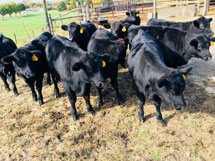
As it stands now, there isn’t a cost-effective way to identify cloned individuals or products derived from cloned animals. Similar issues exist with gene edited animals as well. Traceability is mainly down to documentary control – which could get tricky as the number of gene edited and cloned cattle increases. In this case, having greater standardisation in beef and dairy supply chains could aid traceability efforts.
Many of the regulations outlined in the section below indicate that GMOs need to be identifiable and traceable before they can be brought to market. If we apply this standard to cattle, things get complicated. Some genetic modifications can be so minor that it’s difficult to distinguish the human-created gene edits from natural mutations in the cow’s genome. The fact that there isn’t a common database that details genetic modifications presents a further challenge to traceability. Any traceability system would need significant investment before it can be feasible for the global cattle industry.
Snapshot of the regulations and how to navigate them
Currently, cloning and gene editing are the two biggest technologies available to genetically modify cattle. There have been documented drawbacks when the methods were used in other animals, including burdens on health and welfare. Food derived from cloning and gene editing will need to be regulated and labelled for consumers, but the world’s major beef producers have drastically different views on biotechnology and food safety.
The European Union
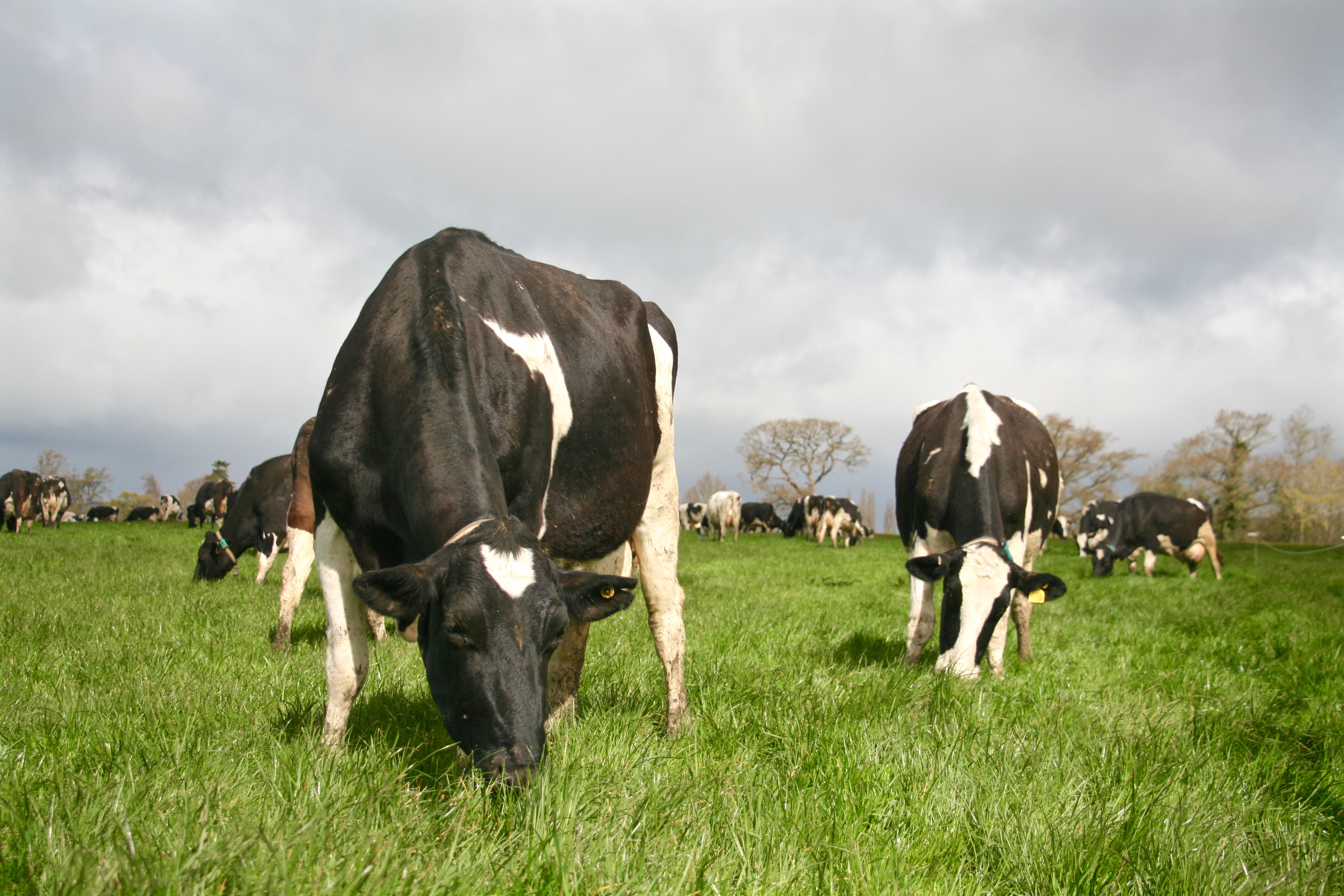
The European Commission prohibits animal cloning until specific regulation is passed. The body wants to ensure that cloning can be carried out ethically and that it won’t compromise animal welfare.
Though legislation has been submitted to the European Parliament, the European Group of Ethics in Science and New Technologies and the European Food Safety Authority (EFSA) have called for a ban on releasing animal clones on the market – citing ethics and welfare concerns.
However, the proposed ban doesn’t extend to products from the healthy offspring of clones. Those products are regulated under the Novel Foods Regulation (EU) 2015/2283.
Genetically modified animals (that aren’t clones), fall under Directive 2001/18/EC. This law controls the market and environmental release of GMOs. This law requires an extensive EFSA safety assessment of the GMO and the derived food and feed products before it can be brought to market.
The United States
The United States permits cloning of livestock and has issued regulatory guidance and risk management plans from the FDA. The main purpose of the risk management plans and animal care standards is to decrease the frequency and impact of cloning anomalies.
For gene editing, the FDA classifies any altered animal genome as a “new animal drug” and requires the research team to submit a New Animal Drug Application and await FDA approval (article 201(g) of the Federal Food, Drug, and Cosmetic Act). The FDA performs safety assessments to determine if the product is safe for human consumption and whether it negatively impacts the environment. The environmental assessment needs to ensure compliance with the National Environmental Policy Act.
Canada
Though cloning animals is permitted, Health Canada requires pre-market safety assessments before they can be commercialised. The Canadian Environmental Protection Act stipulates that genetically modified animals need further evaluation.
Currently, any food product that’s deemed to be novel or food products that contain a novel genetic trait need a pre-market safety assessment. Health Canada performs these according to the Food and Drugs Act on a case-by-base basis.
Argentina
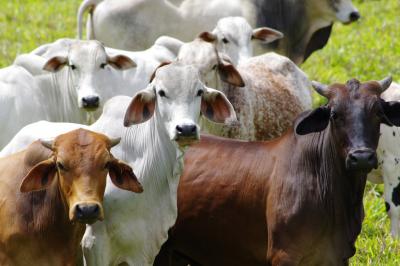
The National Food Safety and Quality Service (SENASA) regulates novel food products entering the market. They also evaluate biosafety of food products derived from GMOs that will be consumed by humans and animals.
The organisation recognises that clones of food-producing animals (like beef and dairy cattle) are mainly used for breeding – they aren’t intended to be sold as food. The body decided that there wasn’t a scientific reason to regulate commercialisation of food from animal clones. However, since cloning technology is rapidly advancing, this may change. There’s a high likelihood that beef and dairy from cloned cattle will enter the market.
Before GMOs can be released on the Argentinian market, they must be evaluated by the National Advisory Committee on Agricultural Biotechnology. This body assesses new GMOs on a case-by-case basis. They specifically look at the environmental impact on the product and any potential risks to human or animal health the product poses.
Brazil
Cloning livestock is permitted and is usually carried out in partnership with the Brazilian Agriculture and Livestock Research Enterprise (EMBRAPA). Any cloned cattle need to be registered in the Genealogical Registry of Zebu Breeds.
Brazil’s Senate is considering regulations to control cloned animals and products of clone origins. The proposed rules make the Ministry of Agriculture responsible for authorising commercial sales and imports of cloned animals and their offspring.
For other types of food producing GM animals, CTNbio (The Brazilian National Biosafety Commission) conducts a risk assessment and management for the product and approves applications on a case-by-case basis. However, some gene modifications are exempt from the risk assessment. New breeds developed with Precision Breeding Innovation or gene editing that doesn’t rely on introduced recombinant DNA don’t have to undergo a risk assessment.
Uruguay
Animal biotechnology and cloning isn’t specifically regulated in Uruguay – but the environmental release of GMOs requires pre-authorisation and is controlled by Law N 17,283 on Environmental Protection. Commercialisation of any GMOs must be approved by the National Biosafety Commission.
The regulations tend to focus on the environmental introduction of gene edited vegetables, but they are expected to apply to GM cattle if they ever reach commercialisation.
Along with Brazil, Paraguay, Chile and Argentina, Uruguay signed a declaration in favour of gene editing – recognising that gene editing and biotechnology could underpin sustainable development initiatives and bolster the economy.
Australia and New Zealand
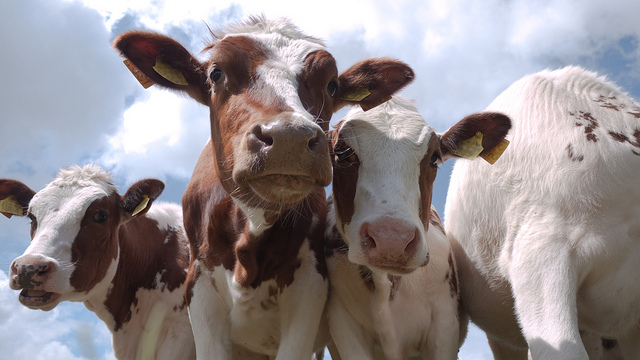
Though there aren’t any specific regulations in place for animal cloning, New Zealand requires cloned animals to be documented and have a unique “Cloned Animal” ear tag. In Australia, commercialising genetically modified animals requires approval from the Office of the Gene Technology Regulator (OGTR).
In order to get approval, applicants must carry out risk assessments on the environmental impact and health implications the gene-edited animal poses. The OGRT consults widely with state and local councils, government bureaucracy and the public before granting approval. Biosafety evaluations of genetically modified food products are carried out by Food Safety Standards Australia New Zealand.
If the GM animal was created with techniques that don’t introduce new genetic material, it is exempt from regulation. This includes techniques like CRISPR-Cas9 that create small changes in the genome.
In New Zealand, the Hazardous Substances and New Organisms Act 1996 controls the environmental release of living organisms that don’t already exist in the country – including GMOs. Before any GMOs can be commercialised, prior approval must be gained from the Environmental Protection Authority. GM foods require biosafety evaluations and must comply with the Food Standards Code of Australia and New Zealand.
Read the full review in Frontiers of Agricultural Science and Engineering.

